In the Aftermath of Florida’s School Tragedy: Kadets Worry About School Safety
In 2018, American teens go to school with targets on their backs. Must backpacks become bulletproof vests? Should lunch be spent hiding in cars, keys in hand for a quick getaway?
So far this year there have been 18 school-related shootings. On February 14th, a day that should’ve been marked by cute love notes and teddy-bear-filled hallways, 17 lives were taken during a school shooting at Parkland High School in Florida. The nation was rocked, horrifying teens and parents alike.
Now that these shootings have become almost commonplace, and increasingly fatal, high schools are forced to reevaluate their safety measures and have difficult conversations concerning violence. Even weeks after the fatal shooting in Florida, Kadets are still having heated discussions and debates over gun control and school safety. These “hot-topic” conversations leave the lingering question that no one wants to ask – the elephant in the room.
If there were a school shooting at Air Academy,
What would we do?
During a thoughtful conversation about safety and gun control (one of several that I, and many other Kadets, have had in the past few weeks), I posed the question to a few of my classmates. As I asked them this question, I watched their expressions turn from ones of interest to ones of shock. I had asked the question that no one wanted to think about, and it was undoubtedly a tough one.
They each waited a few seconds, then hesitantly gave me their answers:
“In the gym I was told we’d just go in the locker room, which is a temporary plan. I wouldn’t feel safe in there if it were to happen. Nobody would know what to do,” said Anna Cloonan.
“It depends on which class. I probably would’ve left the school,” said Jack Newsome.
“But how would you leave the school without the chance of encountering the shooter?” I responded.
He undecidedly pointed towards the large glass window on the other side of the room which looked out to the open, unprotected front area of the school.
Despite periodic lockdown drills, nothing can prepare people for the real thing, a fact which most of our Kadets seem to recognize. Even the best safety precautions have room for error and still leave teens and staff members endangered.
“We have such an open campus,” says Jenna Breeden,
”People say, ‘We live on the Air Force Academy, no one can come in.’”
Breeden faced the middle of our classroom and asked,
“How many times has your car been checked thoroughly? If someone had a gun, they wouldn’t find it. Have you had your car searched?”
“No,” said Jack Newsome.
“Have you had your car searched?” she asked again, more generally this time.
Her question was answered with disapproving murmurs and half-hearted no’s.
With such easy access to guns, and no true way to stop someone from entering the school with a gun (that is, without extensive searches and pat downs that would delay the learning process), it is reasonable, if not expected, for high school teens to feel unprotected in the supposedly safe hallways and classrooms of their schools.
The proposition of arming teachers has become appealing to some American citizens as a way to protect against school shooters. While this idea has some support across our nation, it is also faced with disapproval, as every other idea has.
“Teachers came to educate, not to protect their students. It’s not the teachers role to have to protect their students…The only way we can make schools safer is to educate the students on what happens when there’s a school shooting and what the best way is to protect yourself. Basically just informing people,” said Sasha Brunton.
It seems to be a common thread that Kadets wish for clearer conversation of what to do in regards to a school shooting. However, we do get some reassurance of our safety from the dedicated security guards that patrol our hallways every day. Security officer, Carlos Montoya, gave me a description of the lengths his team of police officers go through to protect us.
“We have security measures in place where we evaluate the situation, we communicate through the radio, (and) we look at the cameras to determine whether there are areas that need to be checked further or further controlled,” he said.
It is a relief to know that trained professionals are always on the lookout. However, we as students also carry the responsibility of keeping watch. With social media platforms such as Snapchat and Instagram, as well as looking out for suspicious behavior, we can report people who seem to be planning a threat on our school. It’s important to remember that it is better to report someone and be wrong than not report them and be right.
“…we try to maintain a good relationship (with students) because the best way that you can get information is through the largest number of individuals and you as students have access to more information via apps and just student contact than we normally do,” said Montoya.
Though it is comforting to know that our school is thoroughly protected and relatively safe, there is still always doubt. The sense of security in teens is rapidly deteriorating and fear is becoming a part of daily life.
Whether it be gun control, increased safety measures and mental health awareness, or any solution that will help this situation in the slightest bit, it is obvious that change is needed.
We want to worry about our GPAs, not our lives.
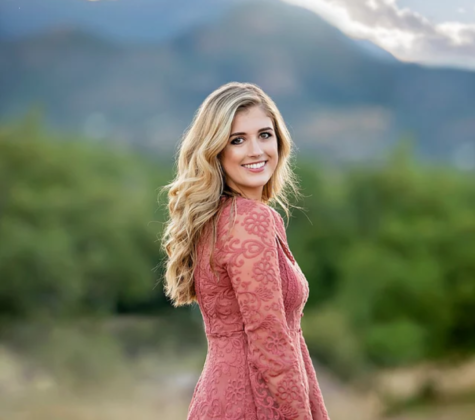
Hi there, I'm Kaitlyn, and I am the managing editor of this excellent publication. I'm a senior here at Air Academy, a military brat who has moved 13 times,...



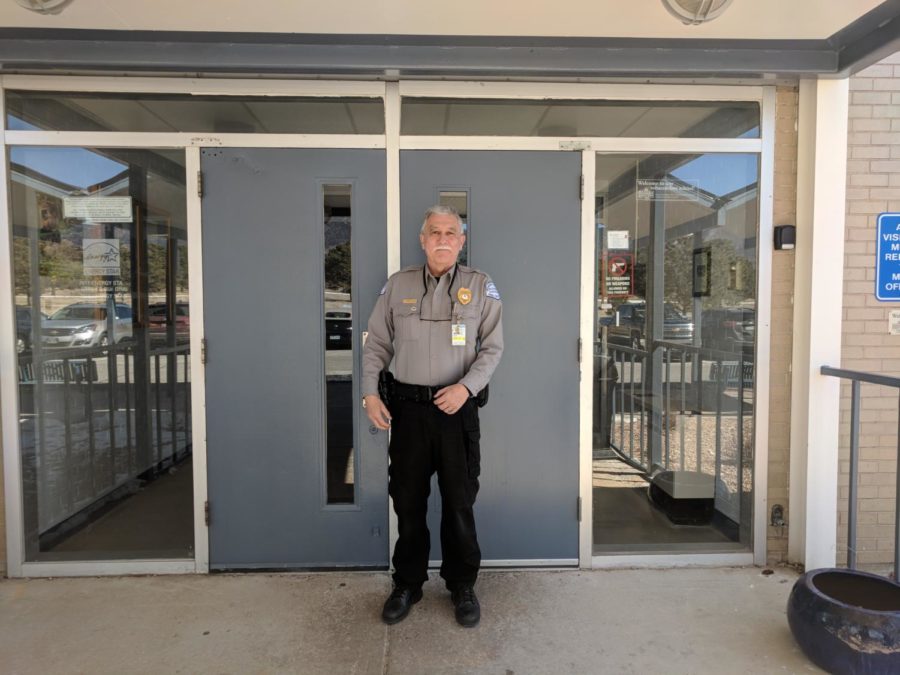
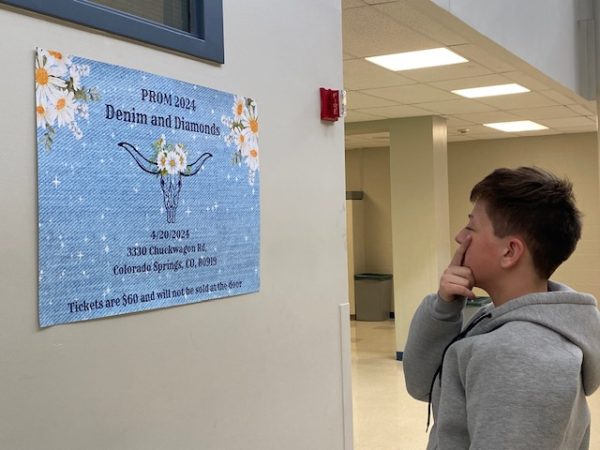
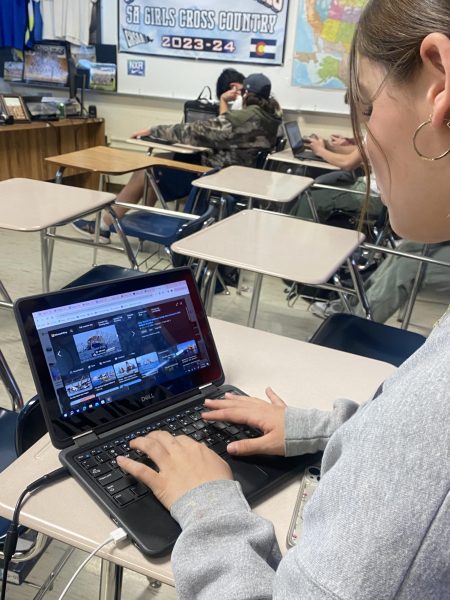
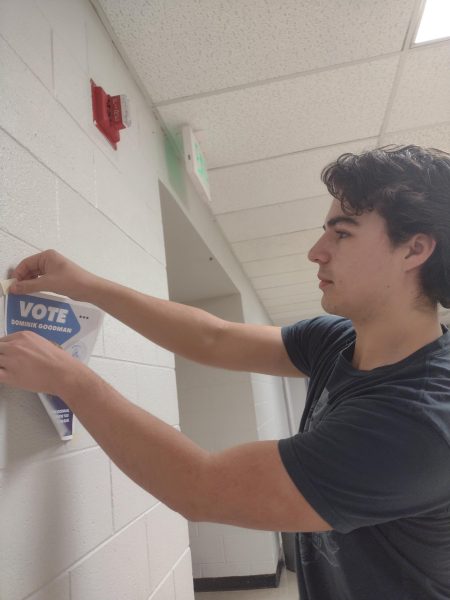
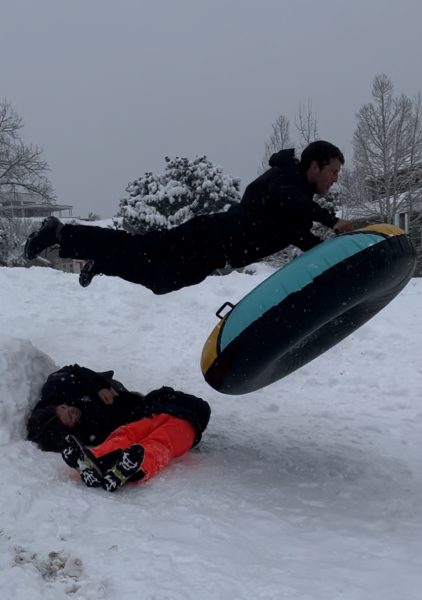


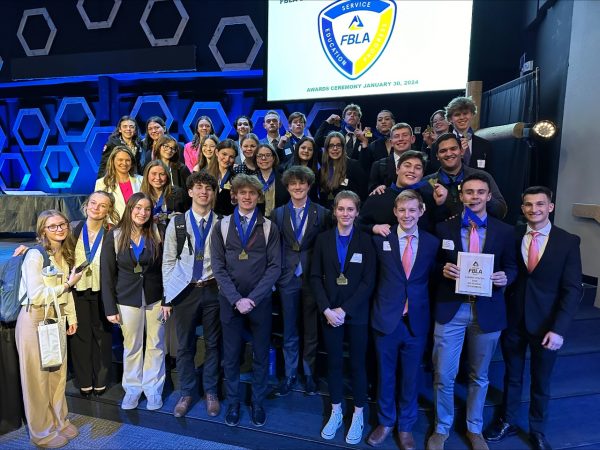
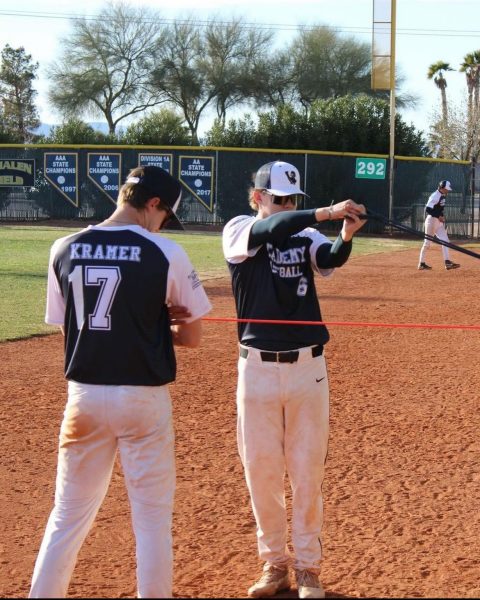
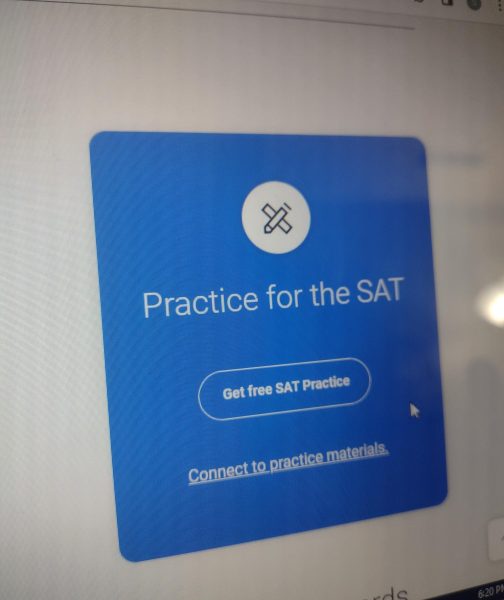
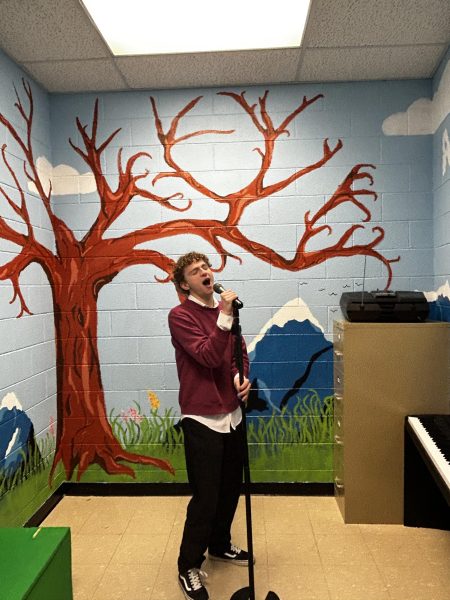
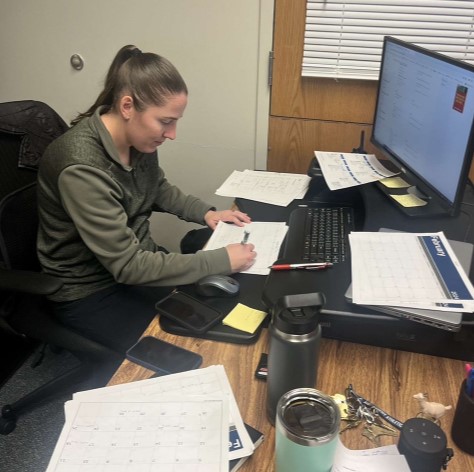
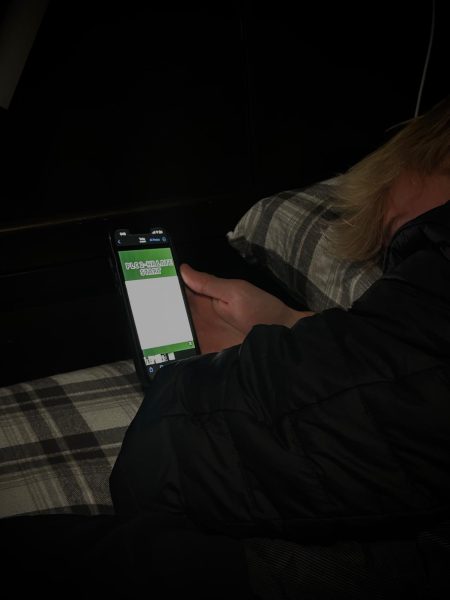
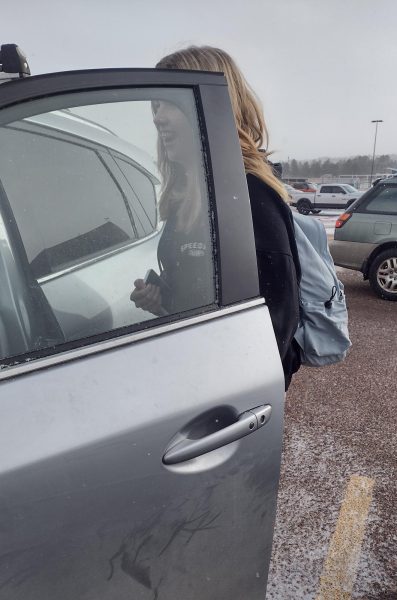
Bethany Diaz • Mar 2, 2018 at 1:50 pm
I absolutely love this, Kaitlyn . This is so well written and it brings up a very important subject.